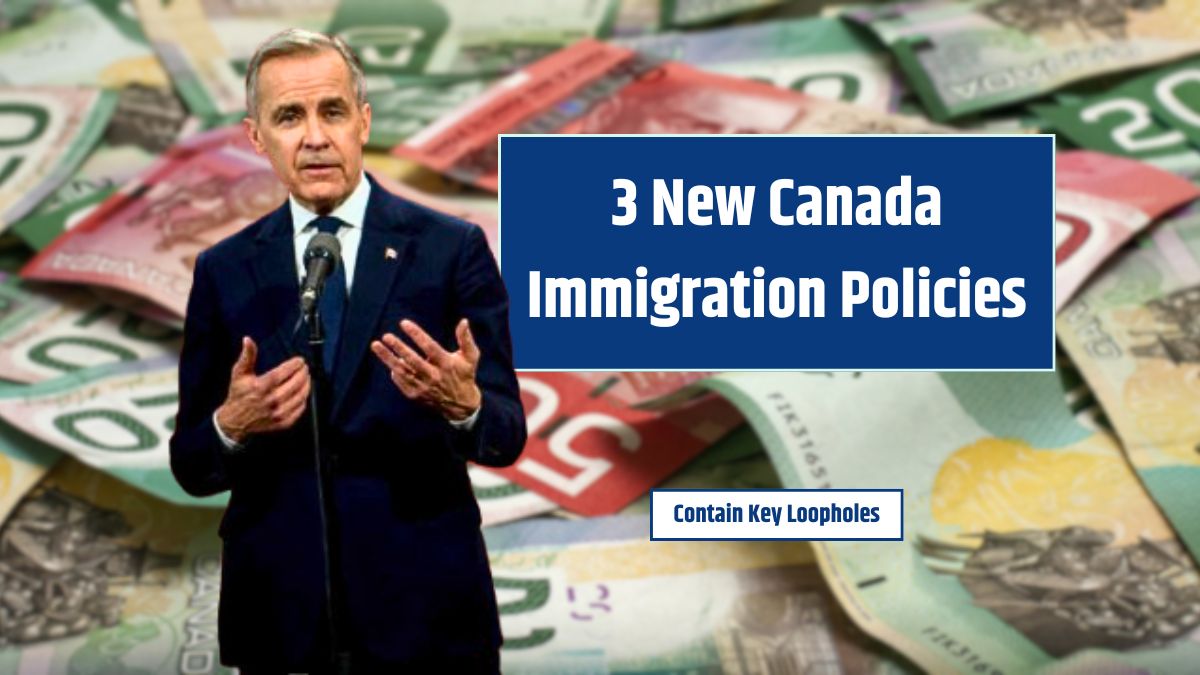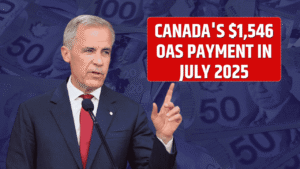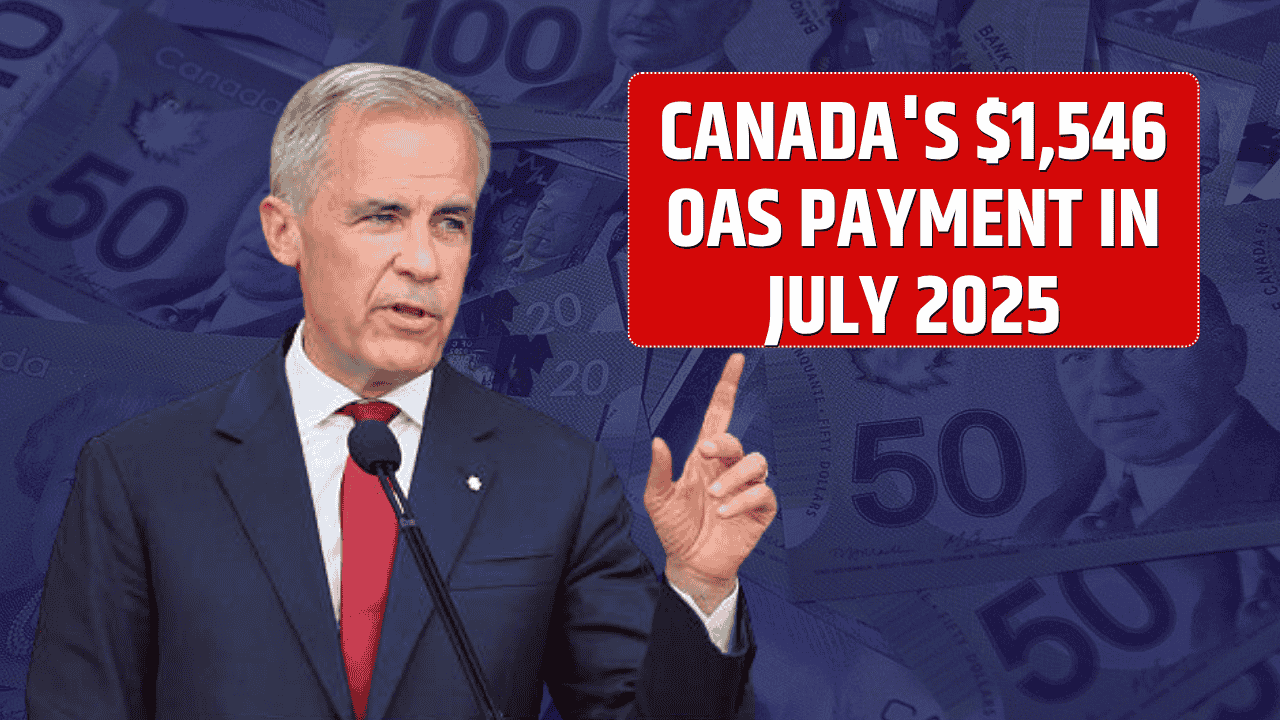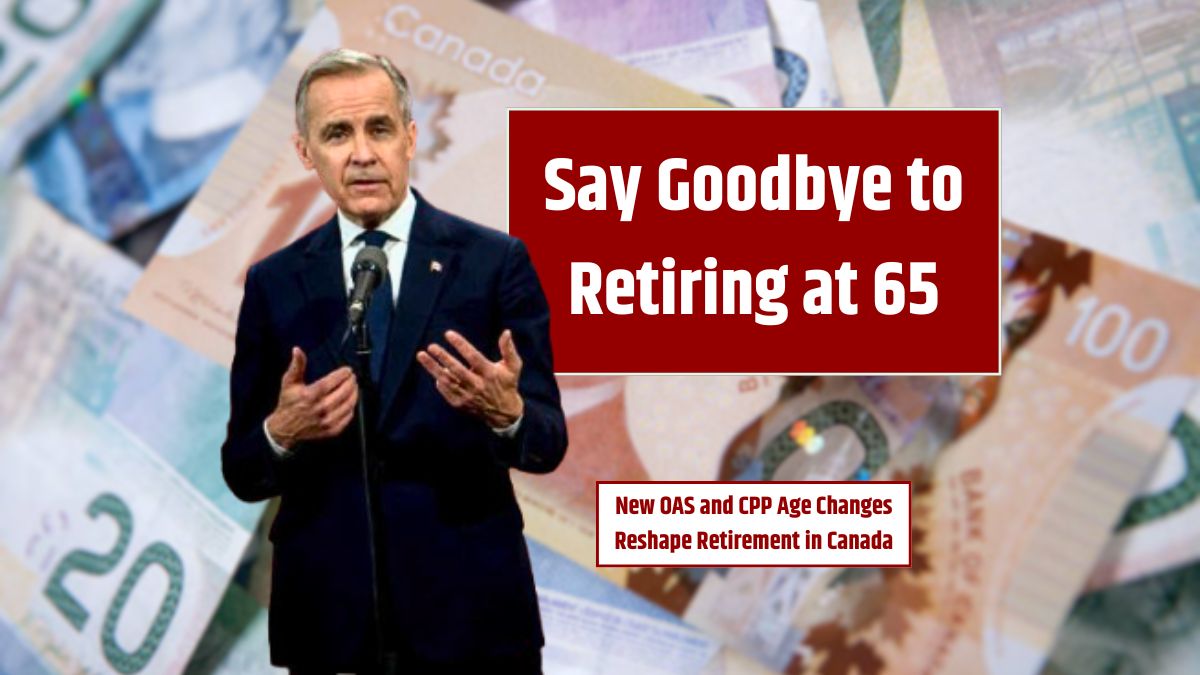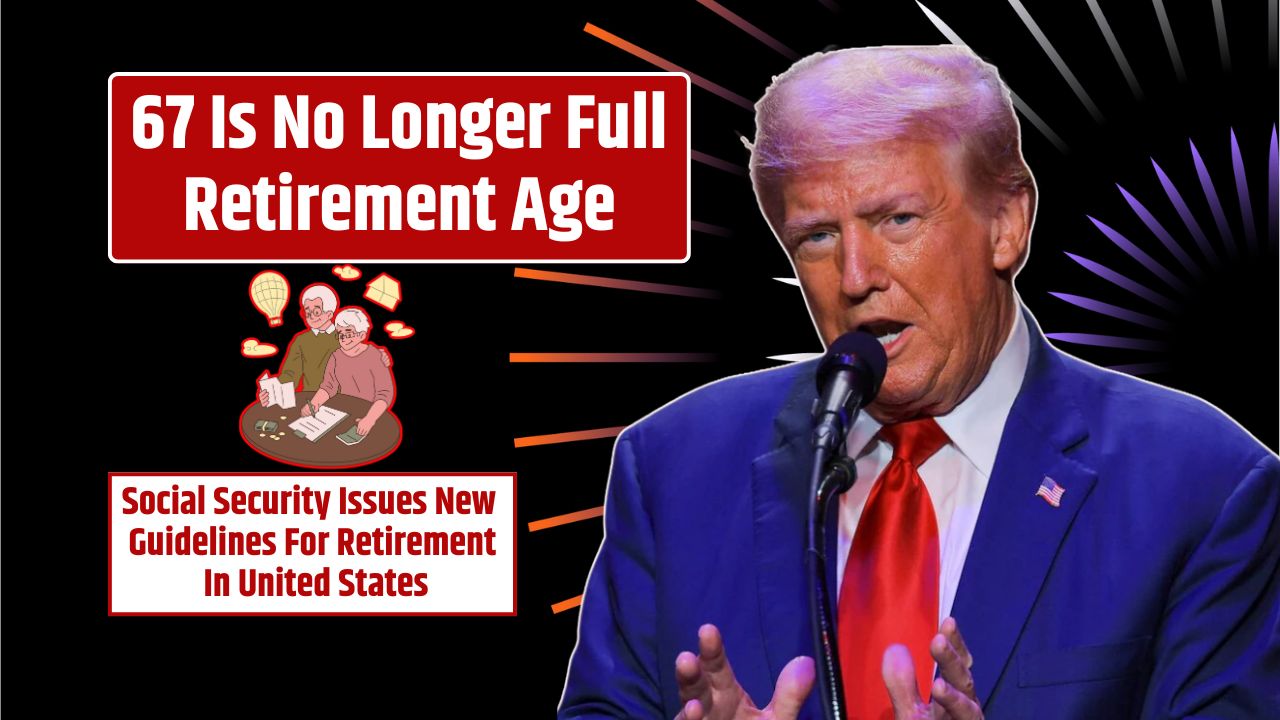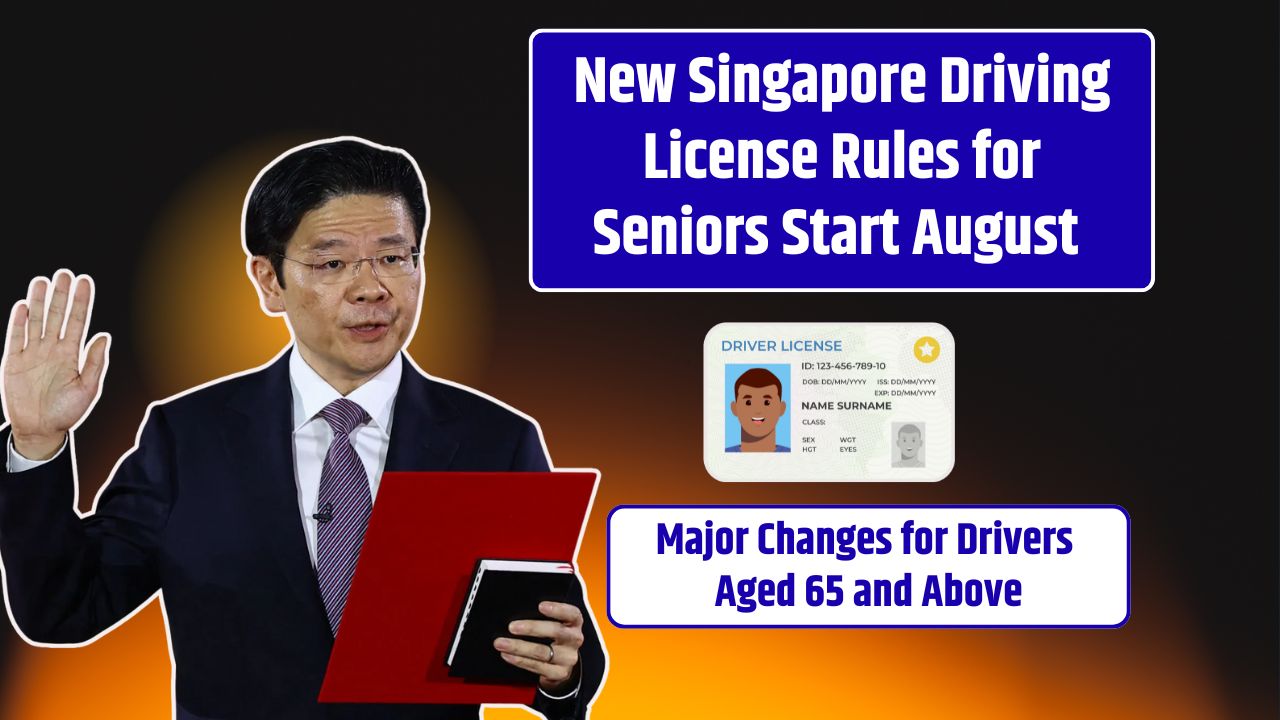Canada’s immigration system continues to evolve in 2025, aiming to balance economic demands and population growth. While several recent policy updates have been introduced to improve efficiency and meet labor market needs, they’ve also exposed some glaring loopholes. These gaps can lead to backdoor exploitation, weakened enforcement, and increased vulnerability for newcomers. In this article, we’ll break down three major new policies, the unintended consequences they create, and what immigrants and employers should watch out for.
Table of Contents
Overview
The government’s latest immigration measures may appear well-intentioned, but some are already being tested and twisted in the real world. From suspending LMIAs in select industries to offering open work permits under the PNP stream, these changes are stirring up new concerns about transparency and enforcement.
| Policy | Description | Loopholes | Potential Impact |
|---|---|---|---|
| LMIA Freeze | Suspends Labor Market Impact Assessments in certain sectors | Employers may charge high fees to job-seeking immigrants | Fuels exploitation and underground job markets |
| Open PNP Work Permits | Offers open work permits to Provincial Nominee Program applicants | Can lead to selling job offers without oversight | Weakens system integrity |
| End of Visitor-to-Work Policy | Cancels pandemic-era policy allowing in-country work permit applications | Visitors use “flagpoling” at the border to bypass policy | Makes policy change ineffective |
LMIA Freeze
The Labor Market Impact Assessment (LMIA) is a filter to ensure Canadian jobs go to Canadians first. But in a move to ease employer processes, LMIAs in specific sectors were recently frozen.
The Problem: This opens the door for shady employers to bypass legal routes. Instead of going through regulated channels, some now demand large payments from foreign workers desperate for a job.
Result: More under-the-table deals, higher worker vulnerability, and black-market job schemes that go unnoticed.
Open Work Permit
To support economic integration, Canada now allows Provincial Nominee Program (PNP) candidates to get open work permits.
The Issue: Without a strict system to vet job offers or monitor employers, it’s become too easy for individuals to sell job opportunities. There’s no LMIA required, so there’s little oversight or accountability.
Why it matters: Workers may be misled into thinking their job is secure or valid when it’s not, leading to legal troubles and even deportation risks.
Visitor Policy
During the pandemic, visitors were allowed to apply for work permits without leaving Canada. That rule has now ended—but a workaround still exists.
Flagpoling loophole: Visitors still change their status by briefly exiting to the U.S. border and re-entering Canada, skirting the new rule entirely.
The consequence: The rule change doesn’t stop what it intended to, as many continue exploiting this legal loophole.
Temporary Residents
Recent immigration plans also aim to reduce temporary resident volumes, which sounds good on paper. But in practice, this could lead to labor shortages in key industries like:
- Agriculture
- Hospitality
- Construction
Canada needs these workers. Cutting them off without a replacement plan creates economic gaps and increases illegal or unregulated employment practices.
PNPs
Provincial Nominee Programs are meant to allow provinces to attract the workers they need.
What’s changing: The open work permit policy helps make PNPs more flexible. But with that comes greater responsibility.
What needs fixing: Provinces need to tighten rules and vet job offers more carefully. Without stronger checks, PNPs could become a free-for-all for dishonest actors.
Long Term
To build a solid immigration system, loopholes need to be closed, and rules need real enforcement.
Big issues ahead:
- Population growth will outpace housing if planning doesn’t improve
- Exploitation of workers will rise without stronger regulations
- Public trust in immigration policies may erode
Suggested fixes:
- Enforce LMIA rules more strictly
- Crack down on flagpoling
- Improve provincial and federal coordination for PNPs
- Increase transparency for foreign job seekers
Application Tips
Thinking of applying for immigration to Canada? Here’s how to protect yourself from falling into these policy cracks:
1. Research carefully
Go to official government websites to understand your visa or permit thoroughly.
2. Speak with a professional
An immigration consultant or lawyer can flag risks you might miss on your own.
3. Avoid sketchy offers
If an employer asks for money or promises “guaranteed” jobs, walk away.
4. Stay current
Immigration policy changes fast. Bookmark the IRCC site and check for updates regularly.
FAQs
What is the LMIA freeze about?
It suspends LMIAs in certain sectors, easing hiring rules for employers.
What is flagpoling in immigration?
It’s the process of exiting and re-entering Canada to change visa status.
Who qualifies for open PNP work permits?
Provincial Nominee Program applicants already in Canada.
Is the visitor-to-work permit policy still active?
No, it ended, but flagpoling still allows status changes.
Can employers still ask for money for job offers?
No, it’s illegal—but loopholes let some exploit workers.

